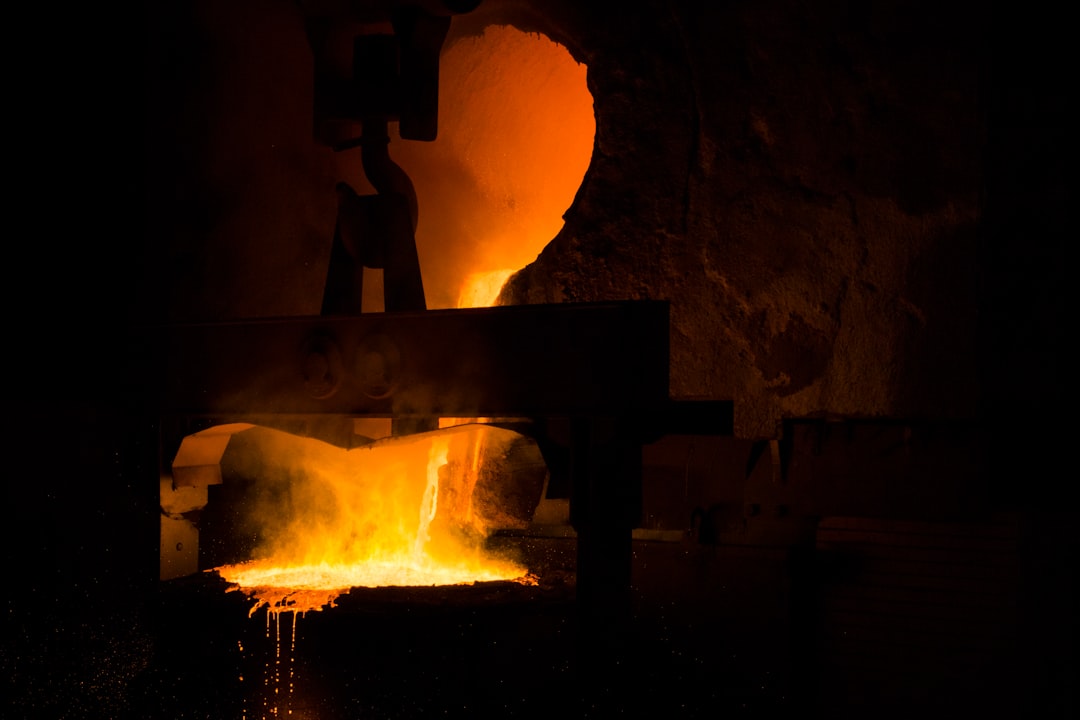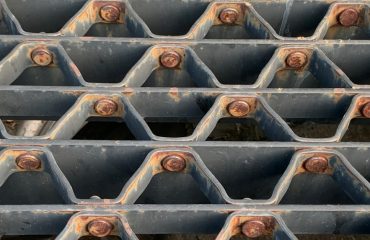The steel industry is a cornerstone of global infrastructure, but its significant carbon footprint poses a considerable environmental challenge. Producing steel is an energy-intensive process, responsible for a substantial portion of global greenhouse gas emissions. However, advancements in technology and a growing commitment to sustainability are paving the way for a greener future for steel production. This post explores innovative strategies steel factories can implement to drastically reduce their carbon footprint.
1. Optimizing Energy Efficiency in Steel Production
Energy consumption is the primary driver of carbon emissions in steel factories. Significant reductions can be achieved through process optimization. This includes:
- Implementing advanced process control systems: These systems optimize energy use in real-time, minimizing waste and maximizing efficiency in blast furnaces, basic oxygen furnaces, and rolling mills. Real-time data analysis allows for immediate adjustments, preventing energy overruns.
- Improving insulation and heat recovery: Heat loss during the steelmaking process is substantial. Investing in better insulation for furnaces and equipment, and implementing heat recovery systems to capture and reuse waste heat, can significantly reduce energy demand.
- Utilizing waste heat for power generation: The high temperatures generated during steelmaking can be harnessed to produce electricity, reducing reliance on fossil fuels. Combined heat and power (CHP) systems are a key technology in this area.
- Adopting more efficient electric arc furnaces (EAFs): EAFs use electricity to melt scrap steel, offering a significantly lower carbon footprint compared to traditional blast furnaces. Increasing the proportion of EAF steel production is crucial for decarbonization.
2. Transitioning to Renewable Energy Sources
Steel factories are large energy consumers. Shifting away from fossil fuels towards renewable energy sources is paramount for reducing their carbon footprint. This can be achieved through:
- On-site renewable energy generation: Installing solar panels, wind turbines, or even geothermal energy systems on factory premises can provide a substantial portion of the plant’s energy needs, directly reducing reliance on the grid and its associated emissions.
- Power Purchase Agreements (PPAs): Entering into PPAs with renewable energy providers allows factories to source electricity from renewable sources without the capital investment required for on-site generation. This is a cost-effective way to decarbonize energy consumption.
- Investing in green hydrogen production: Hydrogen produced from renewable sources can replace fossil fuels in the steelmaking process, significantly reducing emissions. This is a promising but still developing technology.
- Utilizing hydropower or other renewable sources: Depending on geographic location, accessing hydropower, biomass energy, or other renewable sources can provide a sustainable alternative to fossil fuels.
3. Embracing Sustainable Raw Materials and Recycling
The raw materials used in steel production contribute significantly to its carbon footprint. Sustainable practices in this area include:
- Increasing the use of scrap steel: Recycling scrap steel significantly reduces the need for iron ore, a resource-intensive material with a high carbon footprint associated with its extraction and processing. EAFs are particularly well-suited for utilizing scrap steel.
- Sourcing iron ore from sustainable mines: Choosing iron ore from mines that prioritize environmental protection and responsible resource management helps minimize the environmental impact of raw material acquisition.
- Exploring alternative raw materials: Research is underway to explore alternative raw materials for steel production, such as direct reduced iron (DRI) produced using renewable energy, which can significantly reduce emissions.
- Implementing closed-loop recycling systems: Designing processes that minimize waste and facilitate the efficient recycling of steel byproducts and scrap materials creates a circular economy, reducing the demand for virgin materials.
4. Implementing Carbon Capture, Utilization, and Storage (CCUS) Technologies
CCUS technologies offer a promising pathway for reducing emissions from steel production that are difficult to eliminate through other means. These technologies capture CO2 emissions from various stages of the steelmaking process and either utilize them in other industrial processes or store them underground.
- Post-combustion capture: This involves capturing CO2 emissions from the exhaust gases of furnaces and other equipment.
- Oxy-fuel combustion: This technology burns fuel in pure oxygen, producing a concentrated stream of CO2 that is easier to capture.
- Carbon capture from blast furnaces: This is a more challenging but potentially highly impactful application of CCUS technology.
- CO2 utilization: Captured CO2 can be used in other industries, such as the production of chemicals or building materials, reducing its overall environmental impact.
5. Investing in Research and Development for Green Steel Technologies
Continuous innovation is crucial for achieving significant reductions in the steel industry’s carbon footprint. Investing in research and development is essential for:
- Developing next-generation steelmaking processes: Research into alternative steelmaking technologies, such as hydrogen-based steelmaking and the use of bio-based reducing agents, is crucial for long-term decarbonization.
- Improving the efficiency of existing technologies: Continuous improvements in the efficiency of blast furnaces, EAFs, and other equipment can significantly reduce energy consumption and emissions.
- Developing innovative carbon capture and storage solutions: Further research is needed to make CCUS technologies more cost-effective and widely applicable.
- Collaborating with research institutions and universities: Collaboration fosters innovation and accelerates the development and deployment of green steel technologies.
Reducing the carbon footprint of steel factories requires a multifaceted approach involving technological innovation, policy support, and a commitment to sustainable practices across the entire value chain. By embracing these strategies, the steel industry can forge a greener future while continuing to provide the essential materials for global infrastructure development.
Tags: steel industry, carbon footprint, green steel, sustainable steel, carbon emissions




